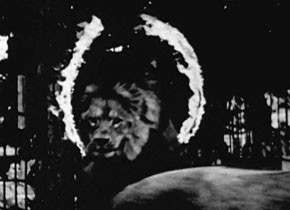Joseph Cornell
November 11 and 12, 2015
Utopia Parkway: It is from this fittingly poetic-sounding address in Queens, NY, that the art of Joseph Cornell (1903-1972) emerged. Although he scarcely left New York during his lifetime, Cornell's work was strongly influenced by his interest in the old continent, astronomy and eras long past. Cornell was intrigued with all things distant; but instead of starting to travel he created his own cosmos: "This is a man who would look at the stars and dream about the mechanics of the universe." (Walter Hopps)
Cornell is best known for his so-called boxes, in which he arranged various photos and objects. The proximity to Marcel Duchamp and his boîtes-en-valise is not only a conceptual, but also a personal kinship. As an autodidact, Cornell in the 1930s began to create his own work: the early collages were influenced by Surrealism but also by his own passionate collecting activity; soon the spectrum shifted towards objects and films.
Cornell's relationship to film was highly ambivalent. The first screening (1936) of one of his films ended traumatically due to the indignant reaction of Salvador Dali, so that Cornell from that moment on only rarely and reluctantly agreed to show his films in public. Rose Hobart, his first and best known film, is dedicated to the actress of the same name. As in several later works which feature imagery of stars like Lauren Bacall and Hedy Lamarr, this early found-footage film focuses primarily on Rose Hobart’s scenes from the 1931 ‘B’ movie East of Borneo. The result is an atmospherically condensed portrait, which communicates through simple but effective manipulation of the original context, creating a strong sense of irony and haunted-ness along the way.
Cornell's film work is difficult to classify and even accurate dating is often difficult. The early collage-films from the 1930s were mostly completed much later, with the help of Lawrence Jordan, who was Cornell's assistant in the late 60s. In the mid-1950s, Stan Brakhage and Rudy Burckhardt acted as cinematographers under Cornell's direction – and the material generated by these wanderings through New York was incorporated into Cornell's works as well as their own films. Revision, recombination, delegation: these practices can be found throughout Cornell's entire oeuvre. Certain themes, motifs, and film fragments emerge in varying forms on several occasions, most clearly in the Children's Trilogy, a series of dark and very troubling "fairy tales." In Untitled (The Wool Collage) – the most recent discovery among the works he left behind – several sequences from other works also return in different shape.
Annette Michelson refers to the parallels between the historical development of cinema and the biography of the artist: from a cinema of attractions to the narrative film to sound film; this genealogy is crystalized in Cornell's films, which often appear – intentionally – anachronistic while unfolding their enigmatic spell.
A joint project of the Austrian Film Museum and the Kunsthistorisches Museum in Vienna. The exhibition "Fernweh" at KHM, which shows Cornell's pictorial work for the first time in Austria, takes place from October 20, 2015 to January 10, 2016. The Film Museum's collection of Cornell's films will be augmented by loans from New York’s Museum of Modern Art and Anthology Film Archives.


